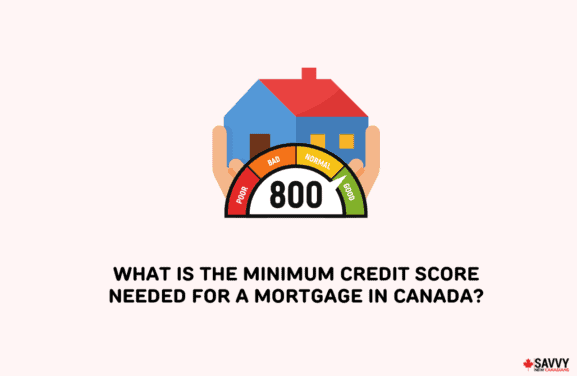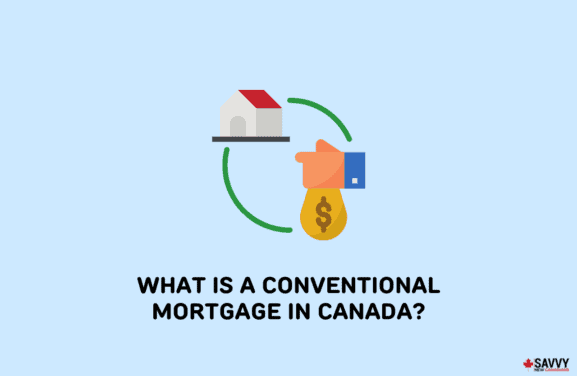When you fall behind on your mortgage payments, you may face either foreclosure or power of sale.
Despite being used interchangeably by many to describe the involuntary sale of a house due to unpaid mortgage obligations, these terms actually mean different things and can determine whether or not you retain equity if the sale’s proceeds exceed the debt you owe to your lender.
This article provides a side-by-side comparison of a power of sale vs. judicial foreclosure, including what you can do as a homeowner if you’re threatened with a forced sale of your house.
Key Takeaways
- A power of sale and foreclosure both involve the involuntary selling of a homeowner’s house due to missed mortgage payments.
- In the power of sale, the homeowner retains ownership of the house title, but the lender gains the right to sell the house. The process proceeds more quickly than foreclosure.
- In a foreclosure, the lender gains complete ownership of the home and its proceeds when sold. The process, though, can take over a year.
What is a Power of Sale?
A power of sale is a legal process that allows the lender to forcefully evict the property occupants if the borrower fails to meet their mortgage obligations on time.
During this process, the homeowner still retains ownership of the house, but the lender has the right to force the sale of the property at its current market value.
Since a power of sale can only be implemented if it is included in the contract to which the homeowner agreed, it does not heavily require the court’s involvement to execute.
Lenders often prefer this method, as it’s faster than foreclosing a property. However, since homeowners will still retain ownership of the house during the sale, lenders must forfeit any remaining equity after deducting the debt owed to the homeowner.
How Does a Power of Sale Work?
A power of sale can begin as early as 15 days after a homeowner misses their mortgage payment. From that point, the general steps of the process are as follows:
Phase 1: The lender sends a document demanding payment from the homeowner. If the mortgage is left unpaid, the lender will then issue a “Notice of Sale” to the homeowner.
Phase 2: You, as the homeowner, will have an opportunity to repay the past-due amount within 30 to 45 days, otherwise known as the redemption period.
Phase 3: The lender will obtain a “Statement of Claim” from the court. You, as the homeowner, will also have the opportunity to file a “Statement of Defence” during this time to explain why the lender’s claim should be invalid.
Phase 4: If you don’t file a Statement of Defence, the court will issue a Writ of Possession to the lender. This document gives the lender the right to evict you from the property with the help of the Sheriff.
Phase 5: The house is put up for sale.
What is Foreclosure?
During a foreclosure, the lender legally takes ownership of the house when homeowners miss their mortgage payments for, typically, at least several months.
The full ownership takeover means the lender gains full authority over managing the property, allowing them to keep all equity and profits after the house is sold. Since the foreclosure process requires a relatively lengthy and expensive court procedure, many lenders prefer to use a power of sale instead.
How Does Foreclosure Work?
The foreclosure process in Canada is very similar to a power of sale. It starts with lenders sending a document demanding mortgage payments from the homeowner and then proceeding until they receive a “Writ of Possession” from the court.
The major difference, though, is that the foreclosure process is usually long and tedious, unlike that of a power of sale.
After all, lenders typically won’t be able to initiate the foreclosure process until homeowners have missed at least two or three months of payments, and the redemption period for this forced sale can last up to six months.
Since every phase of the foreclosure process is dragged out way longer than that of power of sale, it can last anywhere from 6 months to over a year.
Main Differences Between Foreclosure and Power of Sale
| Power of Sale | Foreclosure |
| Lenders only retain the rights to sell | Lenders obtain full ownership of the property |
| Process can begin as early as 15 days after a missed mortgage payment | Process only starts after 3 to 6 months of missed mortgage payments |
| Redemption periods last from 30 to 45 days | Redemption periods can be as long as 6 months |
| The equity or profit goes to the homeowner | The entirety of the sale proceeds go to the lender |
| Lenders can sue homeowners for the remaining amount owed | Lenders cannot sue for the remaining amount owed by homeowners |
What to Do If You Are Threatened With a Forced Sale of Your Home
The best course of action when you’re threatened with a forced sale of your home is to find a way to catch up on your missed payments and fees. You can refinance your mortgage, for example, to achieve better loan terms for your home.
Other alternatives include downsizing your home or filing for bankruptcy. Each of these options has its pros and cons, so determining the best course of action will depend on your specific circumstances.
FAQs
When buying a power-of-sale property, the sellers, who are often the lenders, typically have no direct control over the house’s condition. So, you may end up buying a house that’s not in the state you’re expecting and, many times, without a warranty.
Paying your mortgage on time will let you avoid the power of sale. If you anticipate being late on a particular payment, notify your lenders, as they’ll likely be able to work with you on a solution.
Yes, power of sale processes are often cheaper to process for lenders. The waiting time is shorter, and there are no costly court-related expenses to take note of.
You can typically negotiate with your lender before they notify you of a forced sale. However, after this point, your only option to avoid the power of sale is likely to repay the mortgage payments you missed.
Related:



